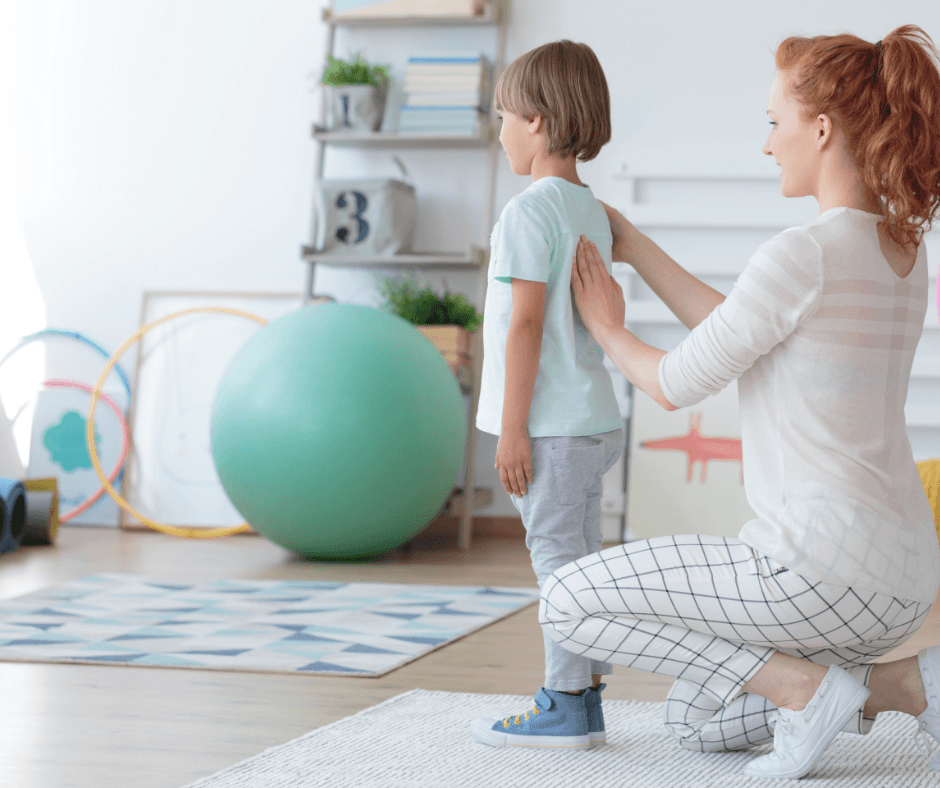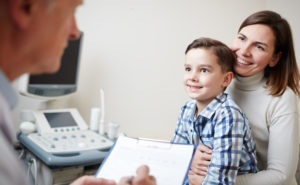Pediatric scoliosis education is vital to better understanding what the condition is, how it’s treated, and what a long-term prognosis looks like. Here are 10 things that you should know about this condition and how Horton’s can use braces to treat it.
1. Scoliosis in children is more common than you think.
According to the Mayo Clinic, roughly 3 percent of adolescents live with pediatric scoliosis, a condition that curves the spine into an “S” or “C” shape. Most commonly, scoliosis in children develops in the growth spurt just before puberty. However, most cases are mild, but some become more severe as the child grows.
2. No one knows what causes it.
In some cases, cerebral palsy or muscular dystrophy can cause it. It’s also known that children with a family history of scoliosis are more at risk of developing it. Unfortunately, research hasn’t shown what causes most of the cases, which stands at more than 80 percent of them.
3. Girls are more likely to have it than boys.
Just as no one knows what causes the condition, no one knows why girls are more likely to have it than than boys. In fact, according to the American Academy of Orthopaedic Surgeons (AAOS), it occurs ten times more often in girls than boys over ten years old.
Some experts have said that this could be related to high levels of the hormone leptin, which tell your brain that you’ve had enough to eat. Of course, medical research is ongoing, but this information helps you better understand the importance of scoliosis education.
4. Severe scoliosis in children can affect the lungs.
A worrying side effect of severe scoliosis is that it can reduce space in the chest cavity, making it harder for lungs to do their job. In cases where the curvature is causing concern, treatment might be a necessary next step.
5. Treatment options for pediatric scoliosis can vary.
There’s no one-size-fits-all approach to treating scoliosis in children. One option is a scoliosis brace. Another option could be surgery. You will need to speak to a pediatric orthopaedics expert to know your next step.
Surgery is usually only an option for those with spinal curves greater than 40 degrees. Talking more about the condition with an expert can help you better understand what degree of scoliosis requires treatment, because the answer isn’t straightforward. It very much depends on the way the scoliosis affects the child and how it has progressed so far.
6. There are many types of scoliosis braces.
Don’t panic. The days of embarrassing, ill-fitting back braces are long gone. Horton’s offers five different types of braces, all of which are fitted to your child based on the nature of their scoliosis and their height, weight, and build.
Some of these braces can be worn comfortably for up to 20 hours a day and are discreetly placed under everyday clothing.
7. Can a child with scoliosis support brace play sports?
Yes! In fact, the pediatric orthopaedic experts at the National Scoliosis Foundation (NSF) encourage exercise with a brace. It helps the child adapt to the brace and encourages active correlation of the spinal deformity.
Although exercise shouldn’t replace therapeutic intervention, people who undergo exercise programs have noticed improved breathing volumes and slightly reduced curve angles.
8. The more the brace is worn, the better the result.
Children can get tired of wearing a back brace and understandably so. But research shows that children who wear their brace for 13 hours or more per day are less likely to need surgery. Eventually, they don’t need a brace at all.
It’s important as part of your pediatric scoliosis education to remember that staying positive and keeping this goal in mind can encourage your child to keep up the good work. It’s also good to remember that the teenage years are a challenging time for anyone but can be made even more awkward by the presence of a back brace. This makes emotional support highly important during this stage of the process.
9. Personalized braces can be trendy!
There are many different types of scoliosis braces. But these days, they’re starting to become a fashion trend of their own! Braces can now be customized however you like. The Boston brace is particularly good for this due to the way it fits.
Ask a professional at Horton’s about customized braces and how you can make it trendy! Small things like this can encourage children and teenagers to feel good about their back brace and not ashamed or embarrassed about it.
10. Back braces have a more than 90% success rate.
Back braces are very effective at correcting scoliosis in children. One study cited a 90-93% success rate for stopping curve progression with the use of a back brace. This makes it a very helpful solution for scoliosis treatment and reducing the possibility of surgery.
Final thoughts
Pediatric scoliosis education can help you to support your child or teenager with the short-term inconvenience of a back brace. It can also help them see the long-term benefits.
Lastly, it’s important to remember that scoliosis in children is not uncommon and that a scoliosis brace is a highly effective solution for spinal curvature. Get in touch with a professional to discuss your options and any questions that you have.
For more information
Don’t go without having the experts by your side during your child’s scoliosis treatment and management. Contact Horton’s Orthotics & Prosthetics today at (501) 683-8889, or submit this form to request an appointment. We look forward to working with you and helping your child on their way to better health.


